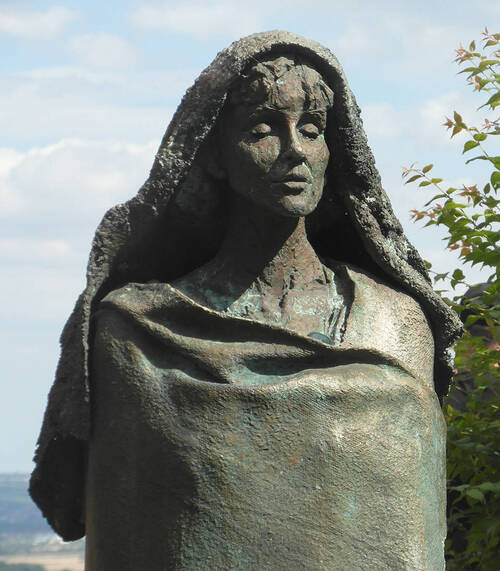Your shopping cart is empty
From the Middle Ages Until Today
In the Middle Ages, in 700 AD, Irish monks, who were experts in the art of brewing, promoted this art during the evangelization of Central Europe. It was not uncommon for spring water to be contaminated, and the monks realized that by boiling it and using it to brew beer, they made it possible to quench the people’s thirst healthily, feed them and also to offer them cheer (thanks to the alcohol). In addition, beer could be brewed almost year-round and barley grew in all the regions of Europe, whereas for vineyards cannot be planted everywhere, and, most importantly, the grape harvest is only once a year.
The first cloister brewer (St. Gallen, Switzerland) was born in the year 816. The beer brewed there was reserved for distinguished guests, monks and pilgrims. Then, beer became popular in large parts of Europe. Indeed, many abbeys began to brew throughout Belgium, Germany and France. Some have successfully continued to brew down through the centuries and continuing even today. (e.g.: Abbaye Notre-Dame d'Orval)
At the time, the monks were virtually the only ones to make beer. As surface water was polluted, beer was a safe drink. Plus, it was nutritious, it provided cheer and quenched the thirst of the people.
Until about 1100 AD, beer was produced from a mix of herbs and spices (called Gruit). Then, major discoveries led to a turning point in the art of brewing: hops in the 11thcentury and fermentation in the 15thcentury. Thanks to these two discoveries, the preservation of beer on one hand (thanks to (hops), and its stability (bottom fermentation) on the other hand, were improved.
During the Industrial Revolution, Louis Pasteur – thanks to his discoveries on the chemistry of fermentation – enabled brewers to better control the process of making an alcoholic beverage and to improve the health and hygiene conditions of breweries. The development of cooling and energy technologies and of new materials (stainless steel), made it possible to increase the quality and quantity of production. This laid down the basis for a deep change in the brewing world.
Today, beer is produced all over the world; the latest trend is so-called "Craft Beer", i.e. beer that is innovative compared to mass consumer products.
In any event, the regions which have traditionally dominated the history of beer continue to be a world reference for quality and variety: Flanders (Belgium), the United Kingdom, Bavaria (Germany), and the Czech Republic (Bohemia).

